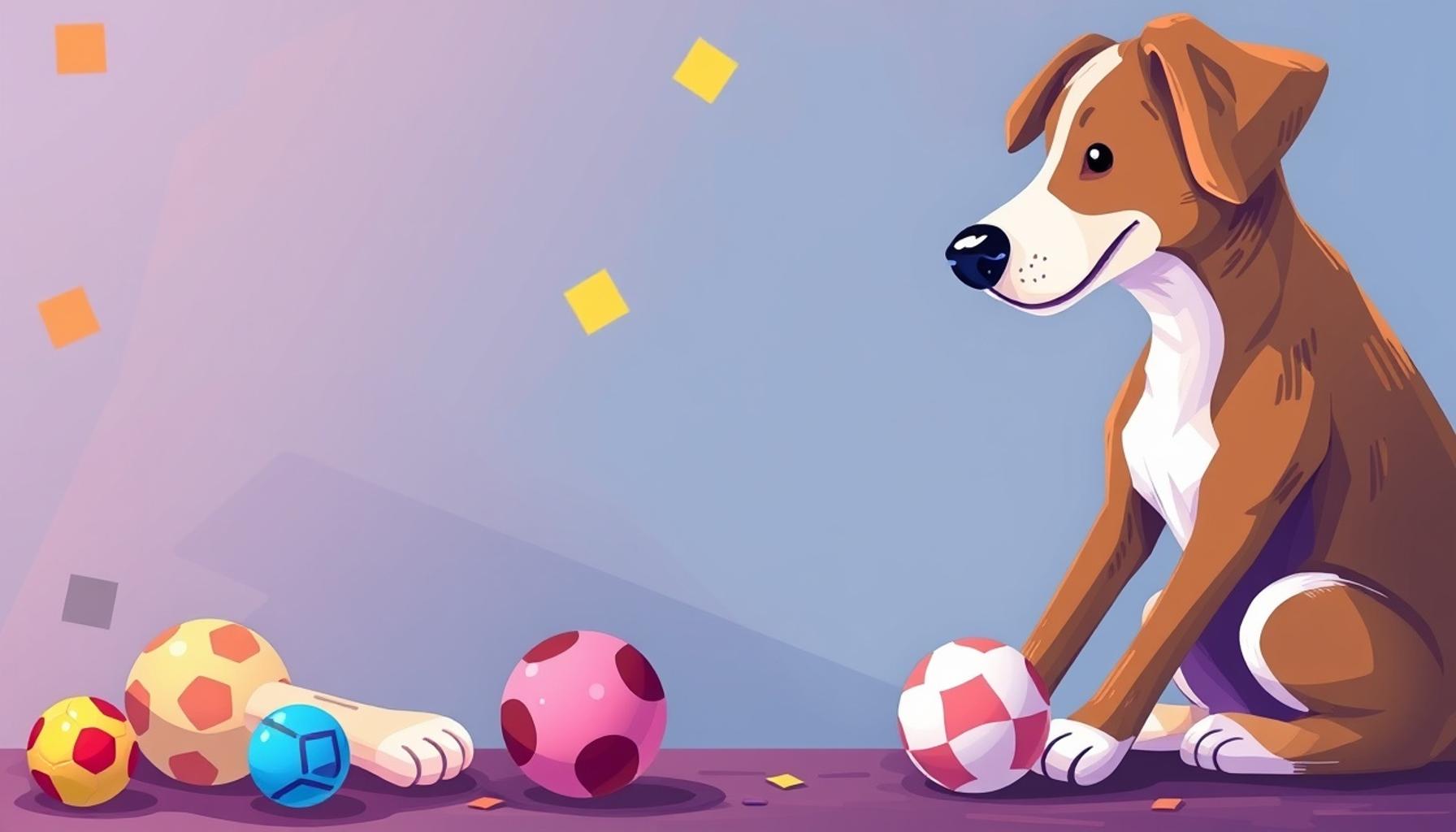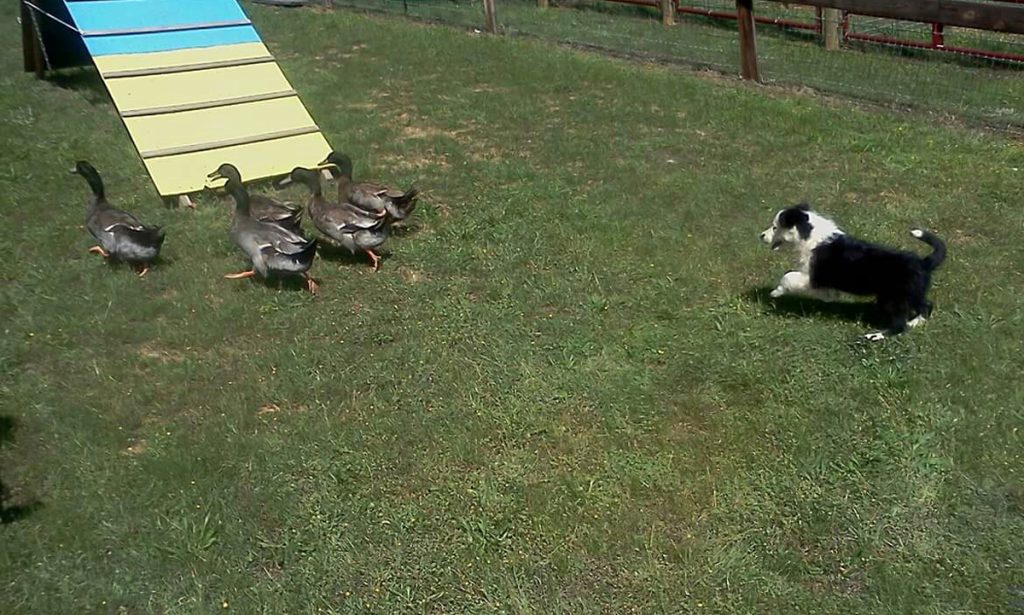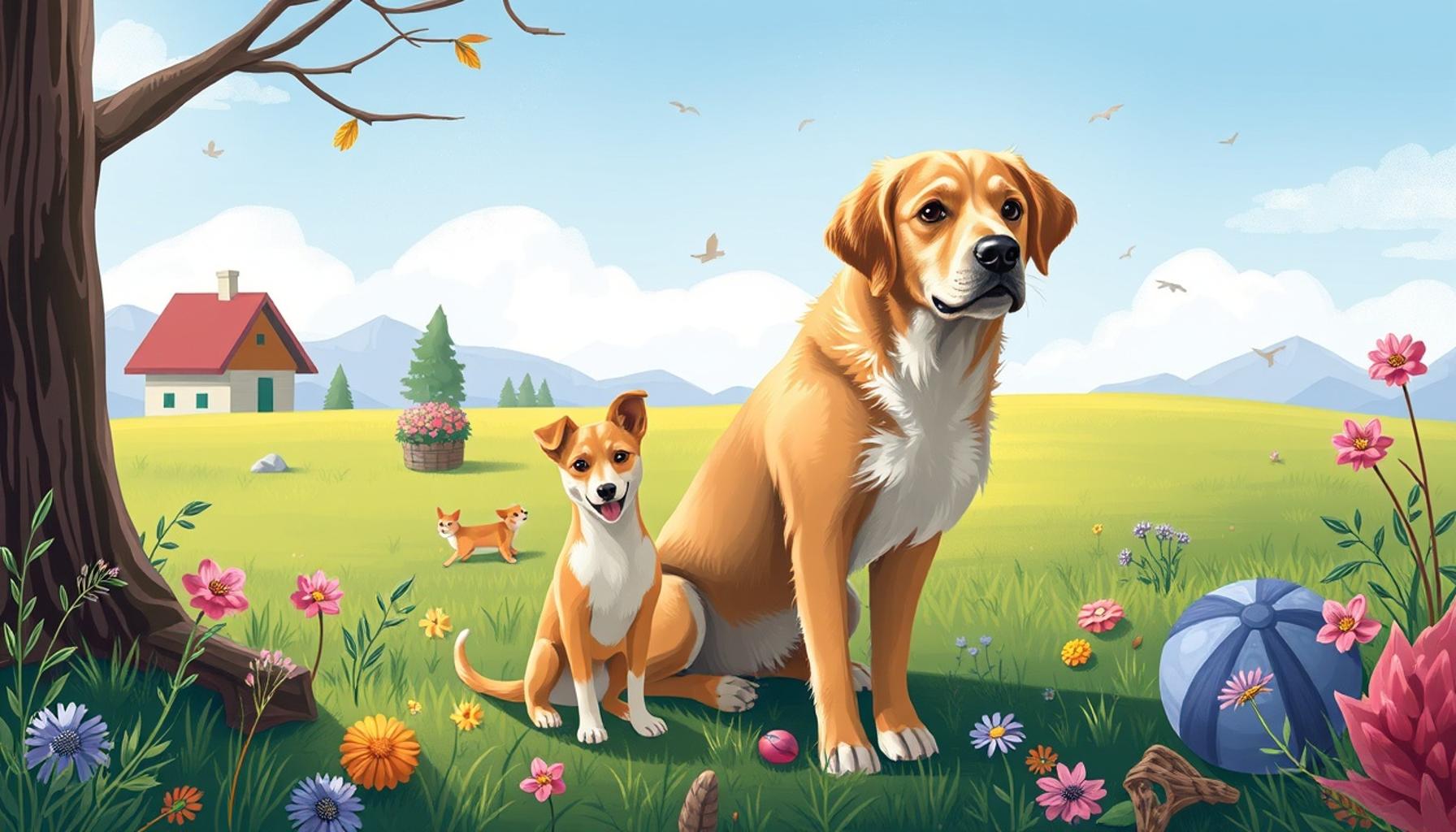How to Use Games and Play to Enhance Your Dog’s Training

The Benefits of Integrating Play into Dog Training
Transforming your dog’s training into an engaging experience can be a game changer. By incorporating games and play into your training routine, you not only keep your dog entertained but also promote effective learning. This approach taps into your dog’s natural instincts, making training sessions more enjoyable and productive.
Consider the numerous benefits associated with using play in training. For starters, even the most diligent dog can lose interest in repetitive commands and drills. That’s where increased motivation comes into play. Dogs are inherently playful creatures, and when training is infused with fun, they are more eager to participate. For example, using a game of fetch to teach the “drop it” command will likely yield more effective results than a traditional drill.
Moreover, engaging in activities together can strengthen bonding. The time spent playing and training cultivates trust and affection between you and your canine companion. For instance, indulging in a game of tug-of-war not only channels a dog’s energy but also reinforces your role as a leader and partner in their learning journey.
Another significant advantage is the enhanced learning that games facilitate. By employing interactive methods, commands and tricks become part of a fun-filled context rather than a chore. Activities like agility courses or the classic game of hide-and-seek can teach dogs to follow instructions and enhance their problem-solving skills while keeping them physically active and engaged.
Let’s explore some engaging types of games you can employ in your dog’s training. For instance, the game of fetch can be more than just retrieving; you can add layers, such as throwing one of several toys and asking your pup to retrieve the correct one. Similarly, hide-and-seek not only entertains but also tests your dog’s recall ability, as they learn to find you based on your last known location.

To effectively incorporate these games into your training sessions, it is crucial to structure them well. Start with short play intervals to maintain your dog’s enthusiasm, gradually increasing the duration as they build focus and excitement. Timing also matters; playing right before a formal training session can prime their brains for learning.
In summary, redefining your dog training experience through play not only drives home essential lessons but also transforms mundane training times into thrilling moments of joy. By unlocking the power of play, you create a more robust foundation for lasting skills in your furry friend. Stay tuned as we delve deeper into why and how to integrate these strategies for a more effective approach to dog training.
DISCOVER MORE: Click here to learn about balanced nutrition for your pet’s health
Incorporating Interactive Activities into Training Sessions
To unlock the full potential of your dog’s training, consider interactive activities that align with their instincts and natural behavior. By tapping into their playful nature, you can foster skills while ensuring that they associate learning with fun. Here’s a deeper look at effective ways to integrate games into your training routines.
Types of Games to Boost Your Dog’s Learning
When it comes to enhancing your dog’s training through play, various games can be your allies. Here are some popular options that are not only entertaining but also educational:
- Fetch: A classic game that promotes both physical activity and obedience. You can create variations by using different toys, teaching your dog to differentiate between them, or even working on “stay” and “come” commands with your throw.
- Hide-and-Seek: This game is fantastic for reinforcing the recall command and stimulating mental exercise. You can start by hiding in easy-to-find spots and gradually increase the difficulty as your dog becomes more skilled at determining your location.
- Tug-of-War: Not only does this game channel your dog’s energy, but it also instills impulse control as you teach them to “take it” and “leave it” commands during play. Just be sure to establish that you control the game for effective leadership.
- Agility Courses: Setting up a mini agility course in your backyard can provide both physical and mental stimulation. Incorporating elements like hoops, tunnels, and jumps can drastically improve your dog’s focus and coordination while following your cues.
Designing Training Sessions Around Play
The key to effectively incorporating these games into your dog’s training is to design your sessions strategically. Here are some tips to get the most out of playful training:
- Start Small: Begin with short play sessions to keep your dog engaged. Aim for around 5-10 minutes of play, followed by a brief training segment. Gradually increase the duration as their enthusiasm grows.
- End on a High Note: Aim to conclude each training session with a fun game. This leaves your dog with positive feelings about learning, making them more inclined to participate next time.
- Use Positive Reinforcement: As your dog successfully completes commands during play, don’t forget to reward them with treats, praise, or more playtime. This builds a positive association with training.
By intermingling structured training with vibrant games, you can harness your dog’s natural impulses and curiosity, translating them into better behavior and skills. Furthermore, this multi-faceted approach encourages a dynamic environment, amplifying the bonding experience while working towards comprehensive training goals. The use of games establishes training as an exciting adventure rather than a tedious routine.
| Advantage | Description |
|---|---|
| Increased Engagement | Using games captures dogs’ attention, making training sessions more enjoyable. |
| Improves Learning Retention | Interactive play can enhance memory retention of commands and tricks. |
| Builds Stronger Bonds | Engaging in games fosters trust and deepens the connection between dog and owner. |
| Physical Exercise | Incorporating play into training ensures dogs receive necessary physical activity. |
Incorporating games into dog training is an effective strategy that yields multiple benefits for both the dog and owner. When dogs are engaged in fun activities, it not only boosts their motivation to learn but also creates a more positive atmosphere during training sessions. This playful approach allows for a more relaxed learning environment, ultimately leading to higher retention rates of commands.Furthermore, games facilitate not just a training process but also enhance the bond between the dog and its owner. Participating in interactive play fosters trust and understanding, making dogs more willing to follow commands. For those who may not realize it, combining fun with training not only satisfies a dog’s natural instincts but helps them maintain physical health, too. Engaging in regular play as part of the training regimen becomes a win-win scenario, ensuring dogs are both healthy and well-behaved. By understanding these key advantages, you can transform your dog’s training experience, making it not just effective but also deeply rewarding for both you and your furry friend.
DIVE DEEPER: Click here to learn about essential nutrition for your pet
Creating a Customized Play-Based Training Plan
Developing a play-based training plan tailored specifically to your dog can significantly improve their learning experience. Understanding your dog’s unique personality, energy level, and preferences is the first step in designing a program that will keep them engaged while reinforcing essential skills.
Identifying Your Dog’s Play Style
Every dog has its own style of play, which can greatly influence how you incorporate games into training. Observing how your dog interacts with toys or other dogs can provide valuable insights. Here are some common play styles:
- Chasers: If your dog loves to run after balls or frisbees, games like fetch or races can be highly effective. Integrating speed drills into fetch sessions can improve their agility while honing commands like ‘come’ and ‘drop it.’
- Greedy Players: Dogs that eagerly negotiate for toys may thrive in tug-of-war or resource guard training. These competitive games can also help teach self-control when reinforced with “leave it” commands.
- Problem Solvers: Some dogs relish challenges and enjoy puzzle toys. These interactive games can enhance their cognitive abilities while you train them to solve problems or follow specific commands.
Once you’ve determined your dog’s play style, it’s easier to integrate games that resonate with them, making the training sessions not just productive but enjoyable.
Incorporating Play into Everyday Routines
To seamlessly integrate play into your dog’s training, you can infuse games into daily routines. This could range from engaging exercises during walks to interactive feeding strategies. Here are some ideas:
- Training During Walks: Use your daily walks as an opportunity to practice commands. Play a game of “find it” where you ask your dog to locate treats hidden along the route. This keeps them mentally stimulated while reinforcing their training in real-world scenarios.
- Interactive Feeding: Turn mealtime into a fun activity by placing food in puzzle bowls or hiding it around your home or yard. This encourages your dog to use their problem-solving skills, enhancing focus and teaching patience.
- Using Toys as Rewards: Instead of solely relying on treats, incorporate their favorite toys into training as a reward. For instance, if your dog performs a command correctly, engage them in a brief game with their favorite toy as a way of reinforcing that behavior.
Measuring Progress Through Play
Using games as a training tool enables you to assess your dog’s progress in a fun and engaging way. By observing how your dog reacts during play, you can identify areas that require additional focus or training. Keep the following points in mind:
- Track Improvement: Maintain a training journal to note the commands your dog grasps quickly and those that still need work. Celebrating small wins during play encourages further engagement.
- Adapt to Change: As your dog masters new skills, adapt your training games to present new challenges. This continual evolution keeps them mentally stimulated and invested in their learning.
With the right approach, games can transcend mere fun and become invaluable educational tools that enhance your dog’s training experience. By observing their learning styles, integrating play into daily routines, and measuring progress through engaging activities, you create a more fulfilling and productive training atmosphere for both you and your furry companion. As you harness the power of play, the bond you share will only strengthen, making the journey of training even more rewarding.
LEARN MORE: Click here to discover the adoption process
Conclusion: The Power of Play in Dog Training
Incorporating play into your dog’s training regimen opens up a vibrant and dynamic channel for learning. As we explored, the key to success lies in understanding your dog’s unique play style and crafting a training plan that resonates with them. By leveraging games that align with their personality, whether they be chasers, greedy players, or problem solvers, you can create an engaging and productive training atmosphere that transcends traditional methods.
Furthermore, integrating play into your daily routines transforms mundane activities into exciting opportunities for skill reinforcement. From using walks as a chance to practice essential commands to turning meal times into stimulating challenges, each moment spent in play not only strengthens training outcomes but also enhances your dog’s mental and physical health. The relationship you build through these playful interactions fosters trust and deepens your bond.
As you continue the journey of dog training through games, remember that measuring progress can also be playful. Be sure to celebrate small victories, adapt activities to reflect their growing skills, and never underestimate the joy that play can bring to both you and your furry friend. Ultimately, recognizing play as a powerful training tool ensures that the learning experience remains enjoyable and effective.
Embrace the journey; after all, a happy, well-trained dog is the best reward of all.


